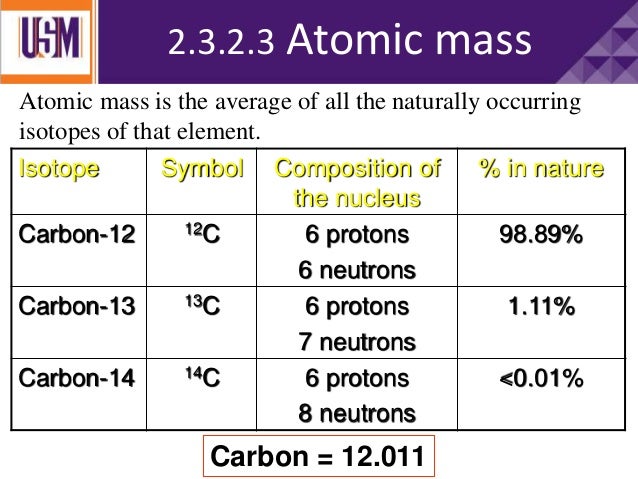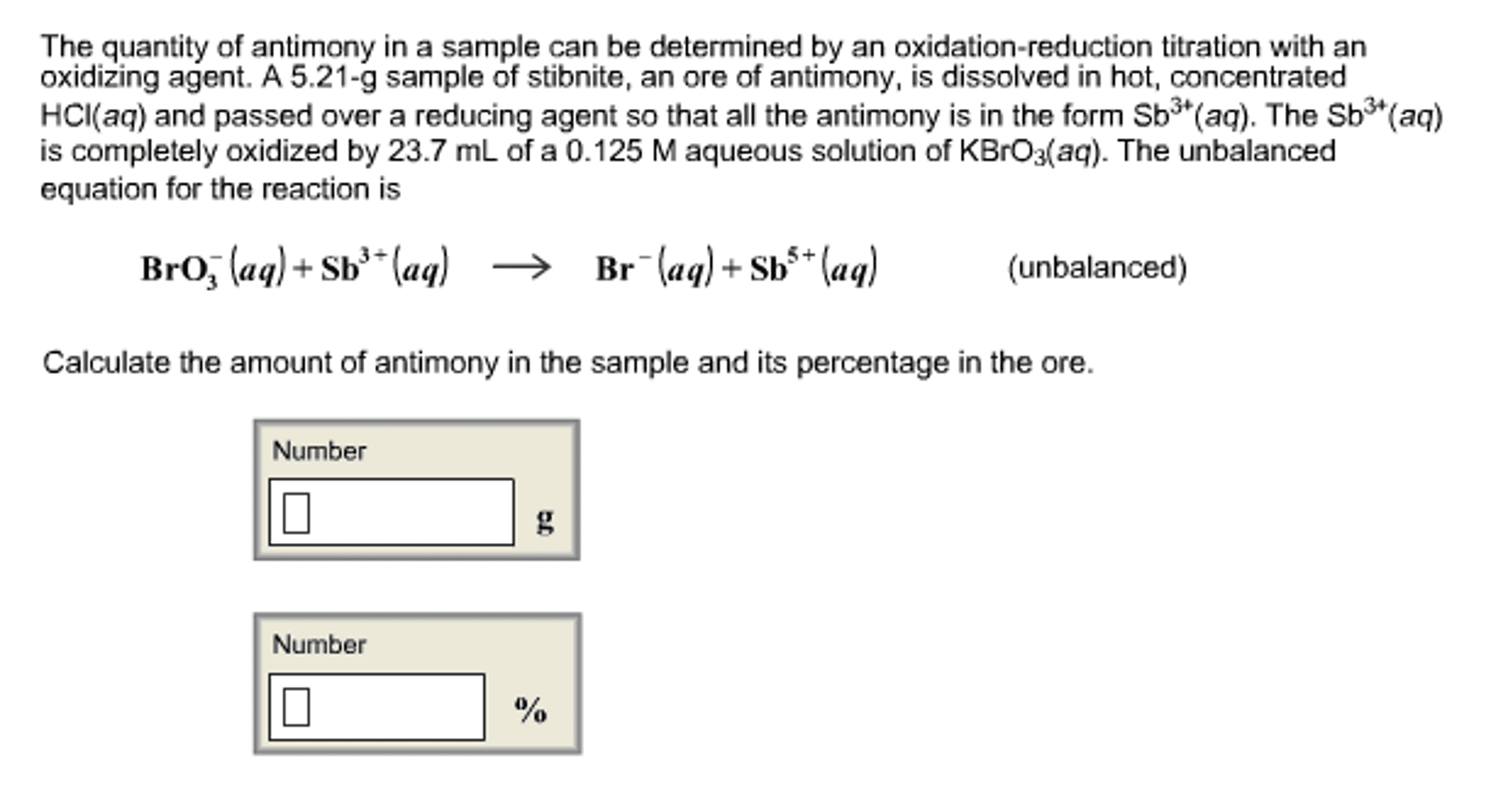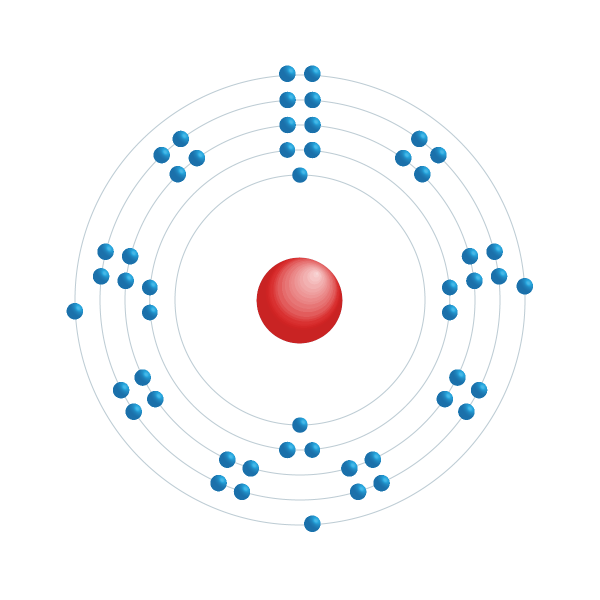


It can't be 94 percent that and get this can't be 94 percent f e 57 with 55.845 atomic mass. So yes, it is likely to have other isototes. There must be other isotopes likely iron 55 to calculate the known atomic mass. The element lead (Pb) consists of four naturally occurring isotopes with atomic masses 203.97302. The molar mass of iron is 55.845 mumsince. Chapter 2, Atoms, Molecules, and lons Video Solutions. Am us and a percentage abundance of 56.935 opson random roinnumber tare of unknown? Is it likely to have other eyes likely to have other isototesis it likely to have other isotopes ye? Okay? Is it likely to have at isototes? So let me see here i just had to take a drink coffee. Am us, and a relative abundance of 5.845 are natural percent abundance as given right there. The Standard English unit is pounds mass per cubic foot ( lbm/ft 3).Īntimony – Properties Summary Element Antimony Atomic Number 51 Symbol Sb Element Category Metalloids Phase at STP Solid Atomic Mass 121.76 Density at STP 6.697 Electron Configuration 4d10 5s2 5p3 Possible Oxidation States +3,5/-3 Electron Affinity 103.2 Electronegativity 2.05 1st Ionization Energy 8.64 Year of Discovery unknown Discoverer unknown Thermal properties Melting Point 631 Boiling Point 1950 Thermal Conductivity 24 Specific Heat 0.21 Heat of Fusion 19.87 Heat of Vaporization 77.We'Re told that high iron has at least 2 isototes and were given the following information: iron 54, which has a mass of 53.9396 joule. The standard SI unit is kilograms per cubic meter ( kg/m 3). In other words, the density (ρ) of a substance is the total mass (m) of that substance divided by the total volume (V) occupied by that substance. It is an intensive property, which is mathematically defined as mass divided by volume: Typical densities of various substances at atmospheric pressure.ĭensity is defined as the mass per unit volume. How does the atomic mass determine the density of materials? Density of Antimony The atomic mass number determines especially the atomic mass of atoms. The mass number is different for each different isotope of a chemical element. For 63Cu, the atomic mass is less than 63, so this must be the dominant factor. A nucleus with greater binding energy has lower total energy, and therefore a lower mass according to Einstein’s mass-energy equivalence relation E = mc 2.

For example, 63Cu (29 protons and 34 neutrons) has a mass number of 63, and an isotopic mass in its nuclear ground state is 62.91367 u.

For other isotopes, the isotopic mass usually differs and is usually within 0.1 u of the mass number. Sb-121 and Sb-123 Write answers with 2 sig figs 57. The average mass from the periodic table is 121.76 amu, find the abundance of each isotope. The mass of antimony-121 is 120.904 amu and the mass of antimony-123 is 122.904 amu. One unified atomic mass unit is approximately the mass of one nucleon (either a single proton or neutron) and is numerically equivalent to 1 g/mol.įor 12C, the atomic mass is exactly 12u, since the atomic mass unit is defined from it. Antimony (Sb) has two naturally occurring isotopes. me has an atomic mass of 120.9033 u, and 1238b has an atomic mass of 122.9042 11. One atomic mass unit is equal to 1.66 x 10 -24 grams. Antimony has two naturally occuring isotopes, '151:: and '351. The unit of measure for mass is the atomic mass unit (amu). Therefore this resulting atomic mass is calculated from naturally-occurring isotopes and their abundance. Note that each element may contain more isotopes. How does the atomic number determine the chemical behavior of atoms? Atomic Mass of Antimony Since the number of electrons is responsible for the chemical behavior of atoms, the atomic number identifies the various chemical elements. Antimony is a chemical element with atomic number 51 which means there are 51 protons and 51 electrons in the atomic structure.


 0 kommentar(er)
0 kommentar(er)
